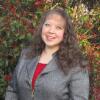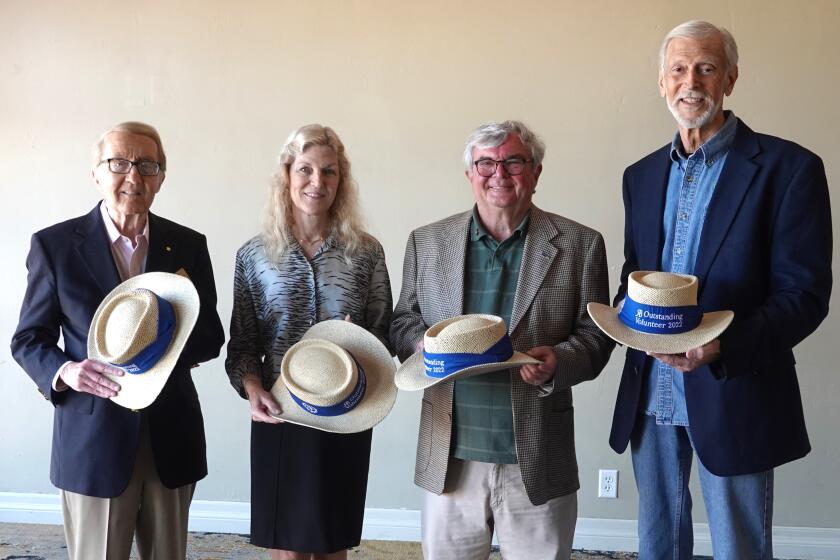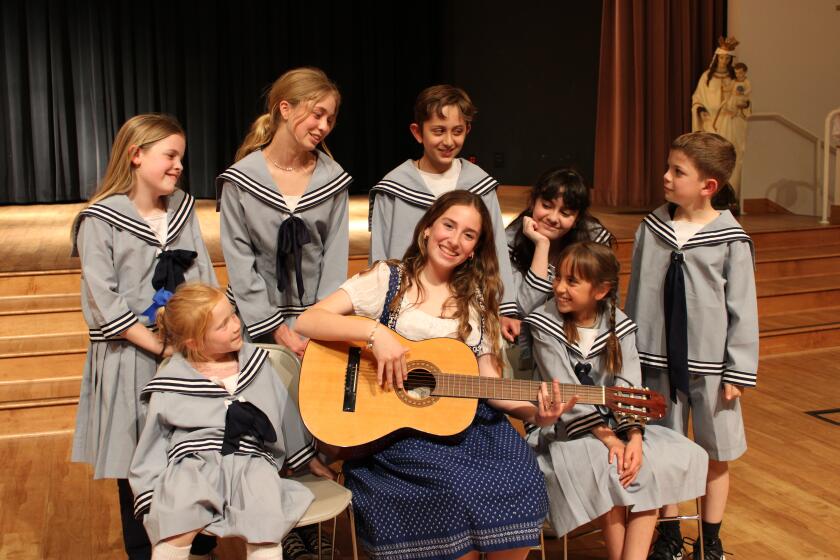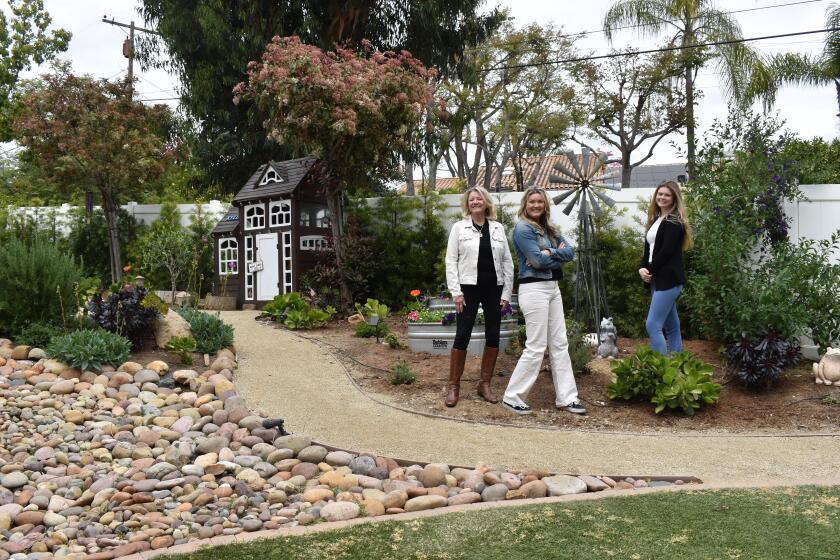Landmark Rancho Bernardo health study enters fourth decade
By Elizabeth Marie Himchak
In 1971, Dr. Elizabeth Barrett-Connor and a group of co-workers started going door-to-door recruiting Rancho Bernardans for a medical study on a little-known health factor: lipids.
They wanted to know if there was a connection between lipids and heart disease.
The new community — less than a decade old — had about 10,000 residents and 6,629 (almost all 30 years and older) agreed to participate for free in a project dubbed the Rancho Bernardo Heart and Chronic Disease Study.
Forty years later, more than 1,800 participants are still answering health questions and at least half periodically return to the Bernardo Center Drive clinic to undergo free medical tests.
This is because Barrett-Connor and team are not just using original and subsequent data to answer questions about heart disease, but diabetes, bone density, osteoporosis, Alzheimer’s disease and testosterone.
“More than 400 … scientific publications have reported discoveries largely unknown when we started,” she said. “Many of these discoveries (due to the RB data) are modifiable risk factors now shown in clinical trials to be associated with improved risk factors and the potential for more healthy life years.”
What makes this four decades of data (including frozen blood samples) especially valuable is that in the ‘70s and ‘80s it was collected before participants started changing their health and lifestyle patterns, and taking medications to lower cholesterol and blood pressure. Lipids and cholesterol were not household words then, she said.
“We studied how everyday characteristics — body size and fat distribution, good and bad cholesterol, blood pressure, blood glucose, physical activity, alcohol intake, cigarette smoking, diet and family medical history were related to common chronic diseases,” Barrett-Connor said. “We studied the reasons for gender differences in heart disease and diabetes — our first questions — plus chronic arthritis, headaches, lung disease, liver disease, kidney disease, cancer, and cognitive, mental and functional health.”
The University of California San Diego School of Medicine researcher and professor said she selected Rancho Bernardo because it was promoted as a place where healthy individuals live.
She said there was credence to the community developer’s claim since at the time Rancho Bernardo was isolated from downtown San Diego, there were few doctors in the immediate area and the closest hospital was in Escondido, a considerable drive then. Few with medical issues were likely to live so far from immediate medical care.
In addition, she was interested in “older” people, whom as a 35-year-old she deemed those 50-plus. Forty years later, Barrett-Connor said with a laugh, she has revised her definition of “old.”
Due to Rancho Bernardans’ affluence and education, Barrett-Connor said they were also ideal because “they had enough money to see a doctor if needed.”
As for what motivated residents to participate, reasons varied.
Stephen Apple, now 78 and living in Escondido, said he was a Westwood resident who read about the study in the newspaper.
“It said people in Rancho Bernardo were healthier and living longer than those in like communities,” Apple said. “I had the time and wanted to volunteer (to see if it was true).”
In the early ‘70s, Apple said he was undergoing a physical every six months because he was an airline pilot, so he knew he was healthy. But the study’s data would provide “a track record of what’s going on as you age … and it gave you an idea as you age how your life progresses or deteriorates.”
Margo Pagnini, now 66 and a Poway resident, was among the few under 30-year-olds accepted. Pagnini, then living in Bernardo Hills, said she joined because she was adopted and wanted a medical record to pass on to her daughter.
“There were no medical records in 1945 when I was adopted,” Pagnini said. “That was not a criteria. But I think having these records gives me a lot better perspective and I feel like I’m more confident (about my health).”
While Pagnini said the study did not make her change lifestyle patterns or decide to join yoga and Pilates classes, it did “keep me on the right track.”
The study seemed to influence some participants, Barrett-Connor said, because initially half were smokers, but soon after the rate dropped to 25 percent, lower than the national average.
“I don’t know what hooked me,” said Joyce Bruun, now 77 and still living in her home in The Greens. “My kids were little and I felt like joining something.”
Bruun said she returned because the tests — sometimes taking several hours — were “so intriguing.”
Memory and bone tests were also things her doctor was not conducting and she would occasionally discuss the results, Bruun said.
Barrett-Connor said because the only tangible benefit of participating was having access to medical tests not routinely offered, participants’ main motivation was “altruistic” in nature.
Participants also said they found the process pleasant, something Barrett-Connor attributes to her staff members, like Project Director Mary Lou Carrion-Petersen, a registered nurse who has been with the program for 31 years; and Gabriela Reno, subject coordinator and research associate, with the program for 22 years.
Barrett-Connor also said the program could not have continued had it not been for her decision to add a supplemental questionnaire to the original study, funded by a grant from the National Institute of Health. There were 12 clinics nationwide studying lipids, but only hers continued because it had enough data to qualify for additional grants.
Now, study participants’ average age is 86. Barrett-Connor said she knows data collection will naturally come to an end since study parameters prevent participants being added. However, because of the wealth of raw data obtained over 40 years, for decades researchers can make more conclusions.
To fund future discoveries and training, UC San Diego Health Services is establishing the Rancho Bernardo Study Foundation. To donate, contact Harvey Green at 619-543-3121 or hagreen@ucsd.edu.
As for reaching the study’s 40th anniversary, Barrett-Connor said it “has been a career (for me). I had no idea it would go on this long. … I could not have done it without the participants who have faithfully contributed or my fabulous staff.”





